Did you know that most grape growing regions are grown between the 30°-50° latitude both north and south? Anything outside of those latitudes are usually too extreme for grapes to survive. Virginia is roughly 37° N latitude, whereas the Finger Lakes is at about 42° N latitude. That may not seem like a big difference, but it is. The cooler climate regions don’t have nearly the growing season like we do here in Virginia. Just as Virginia doesn’t have the growing season that California does. For this blog though we will stick to the comparison of Virginia and New York, specifically the Finger Lakes region.
Below is a chart to put into perspective how as sugars in the grapes increase after verasion, acidity then starts to decrease (specifically the bottom half of the chart).
This blog post has definitely been a little nerdier than previous posts, but it was a topic I get asked on a lot in the tasting room and felt it would be a good one to cover. Thanks for tuning into this week's edition of Out of the Barrel. Cheers!

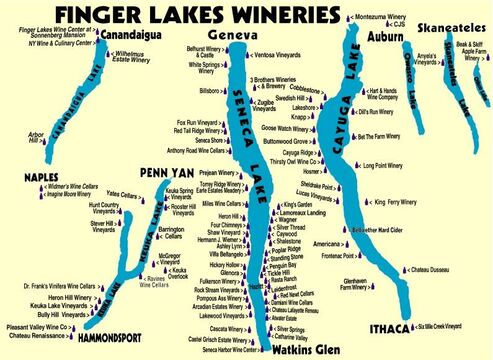
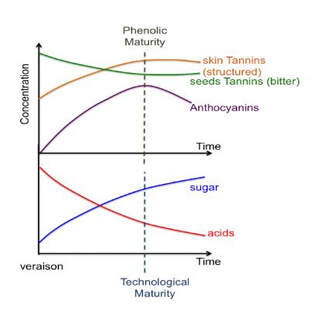
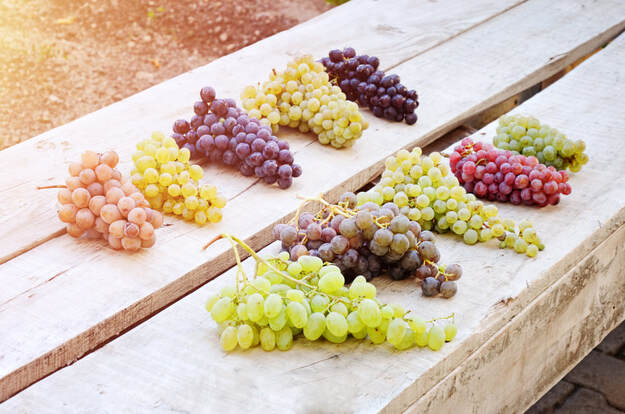

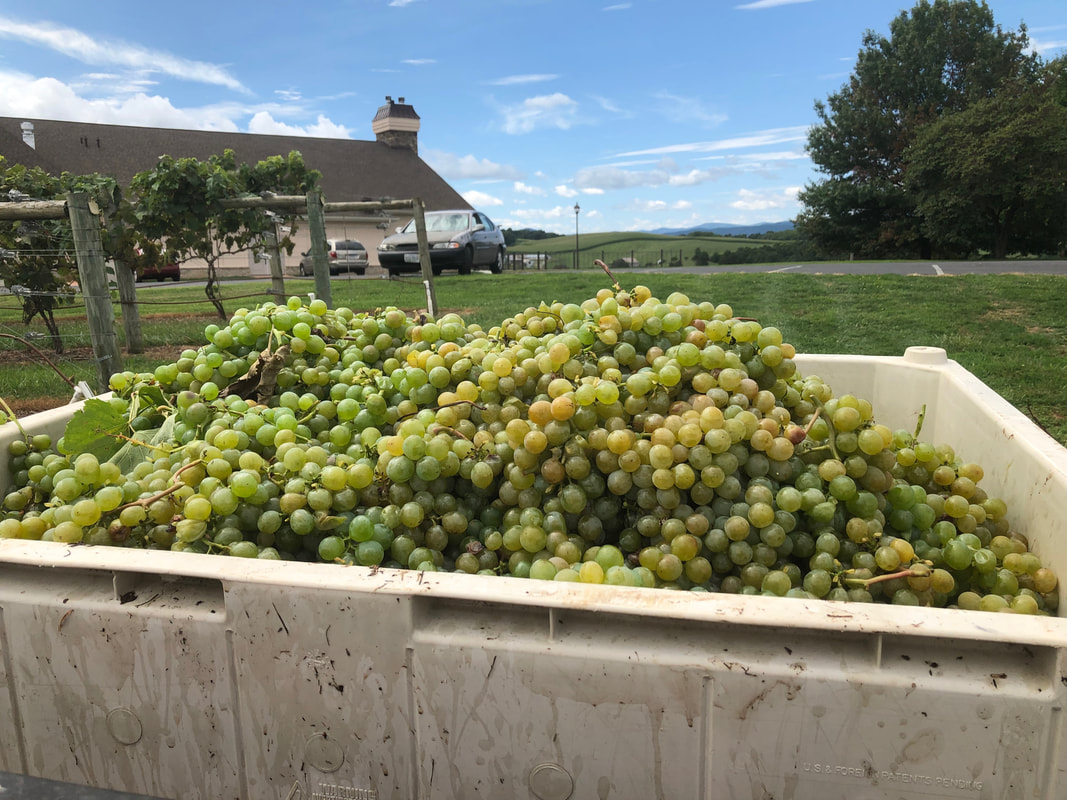
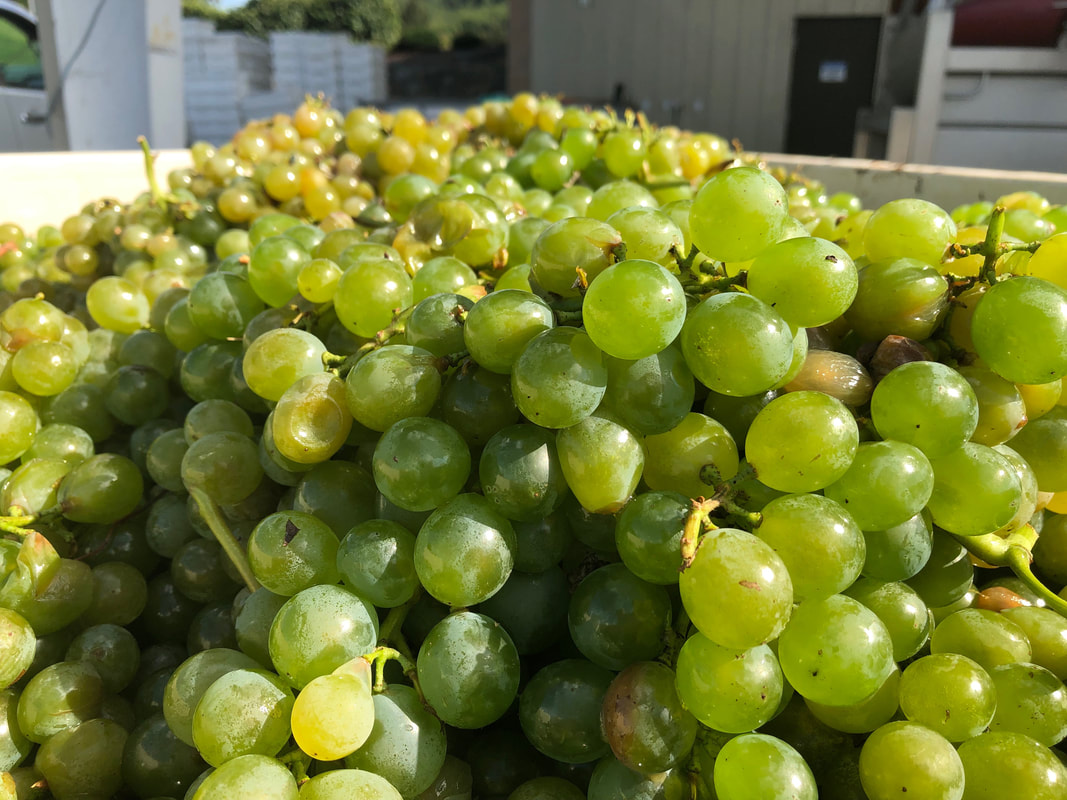
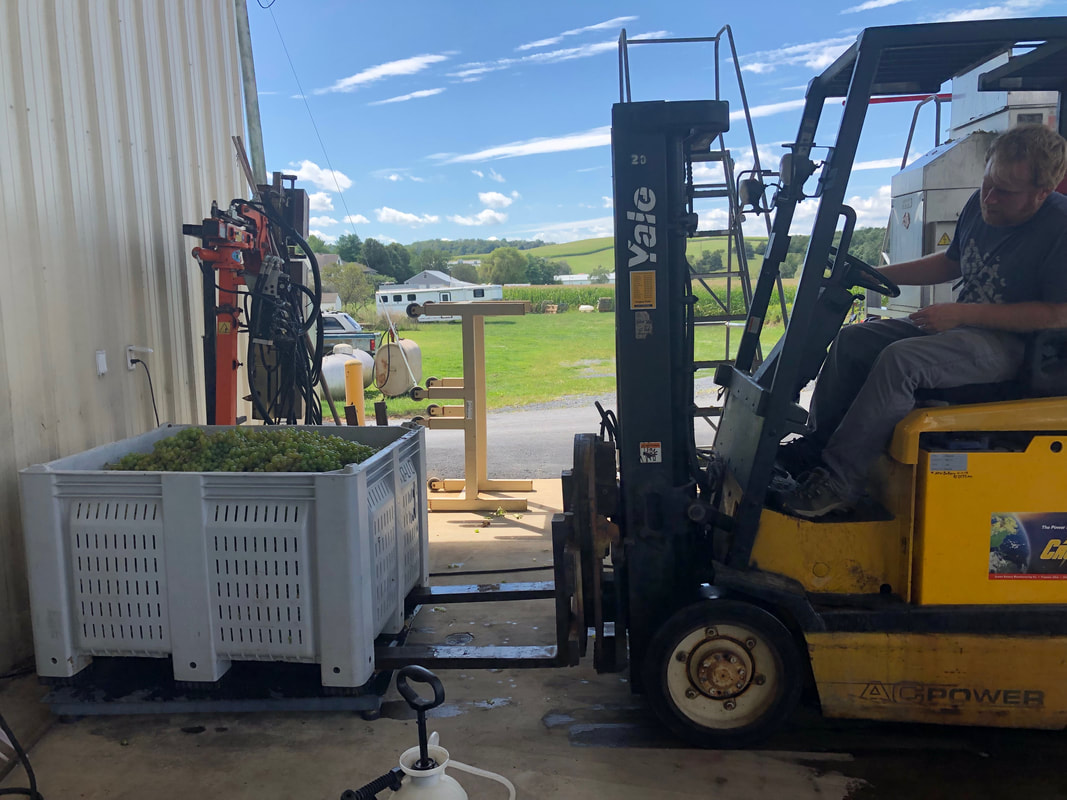
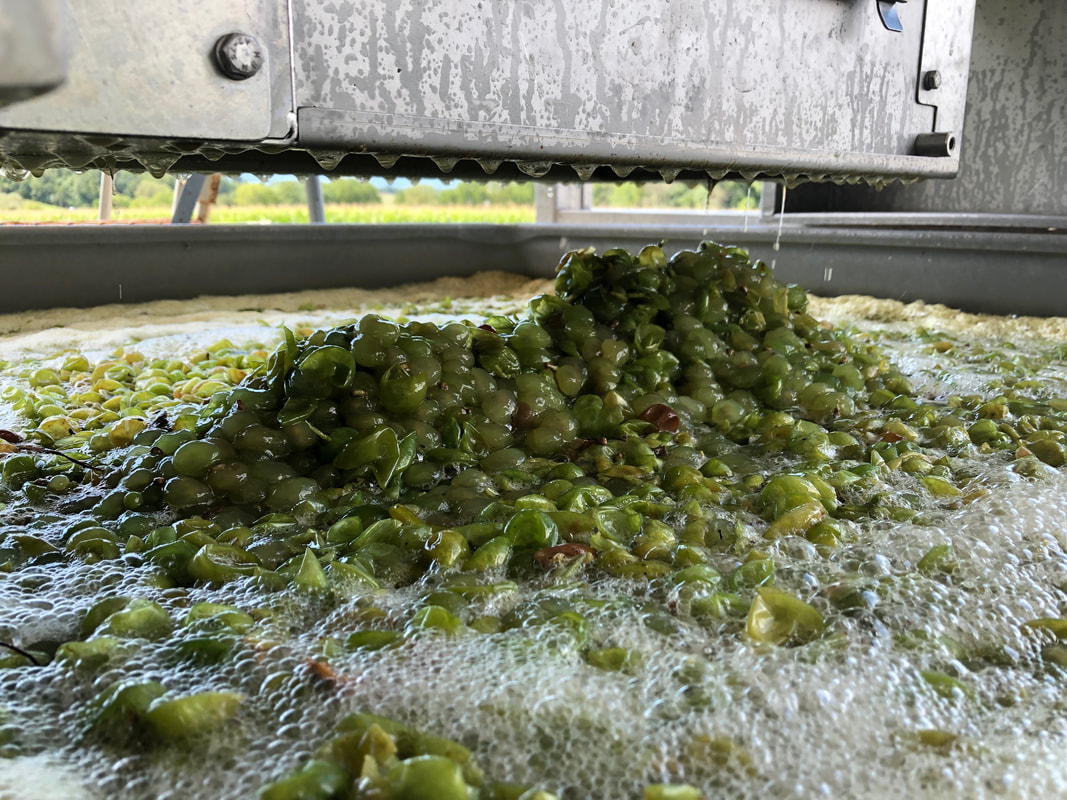
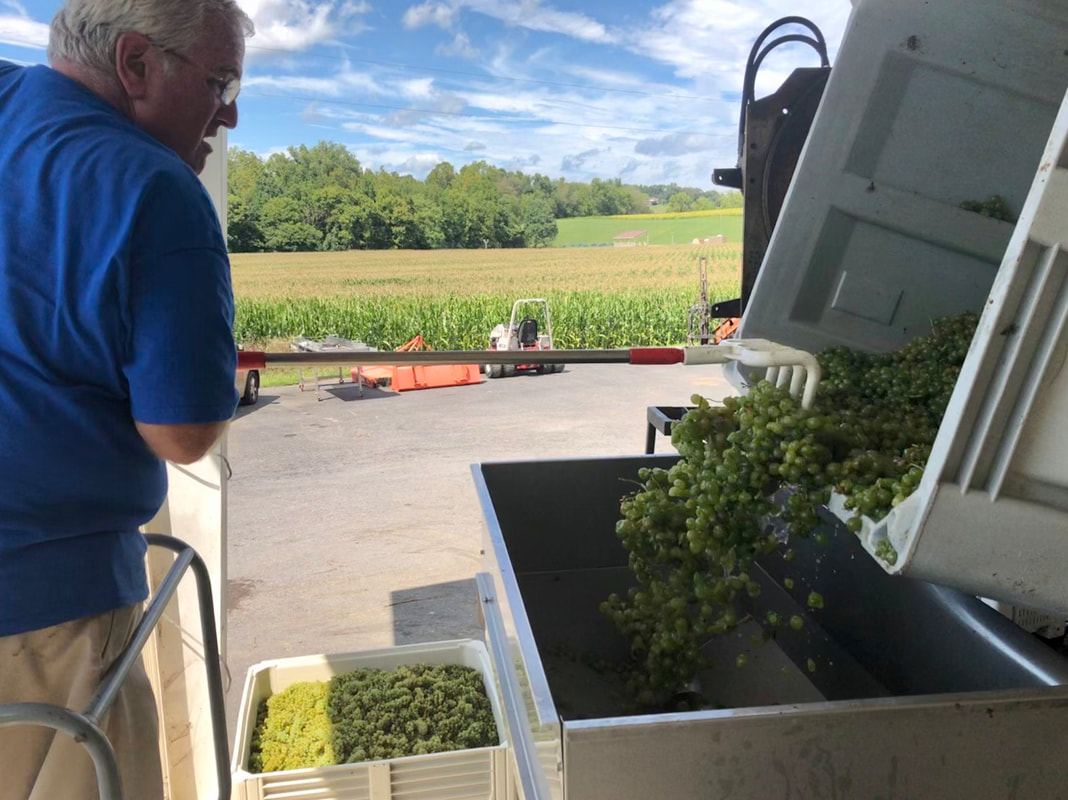
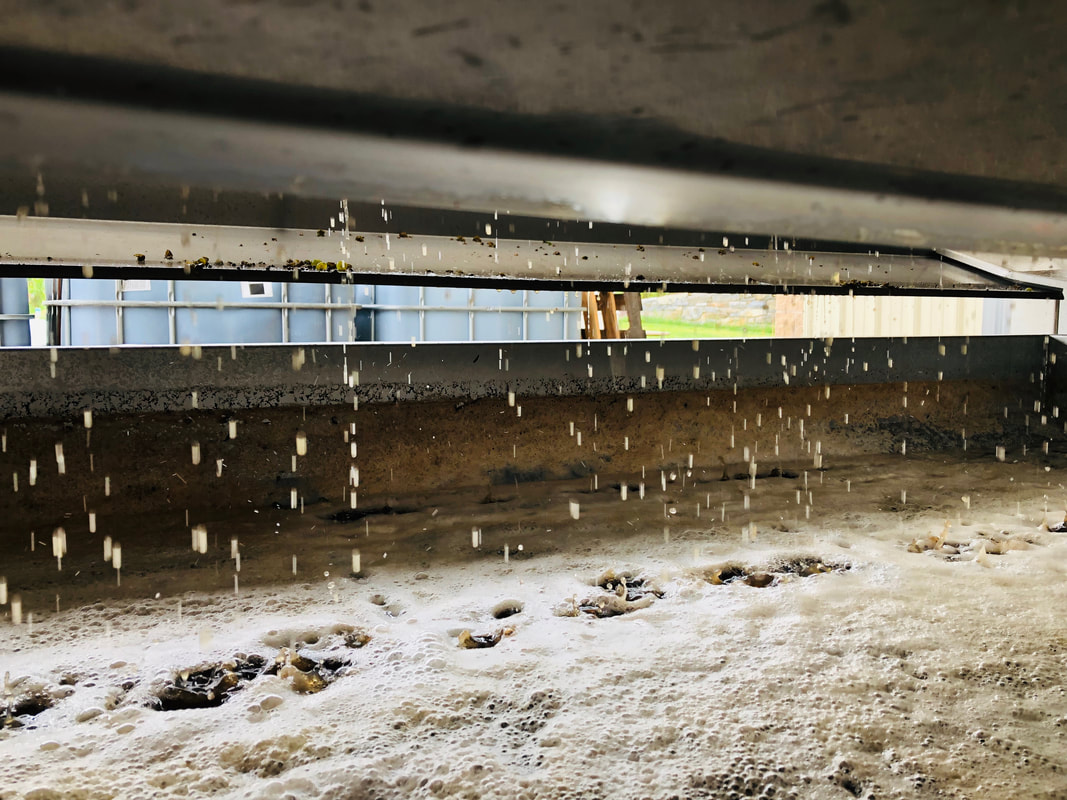
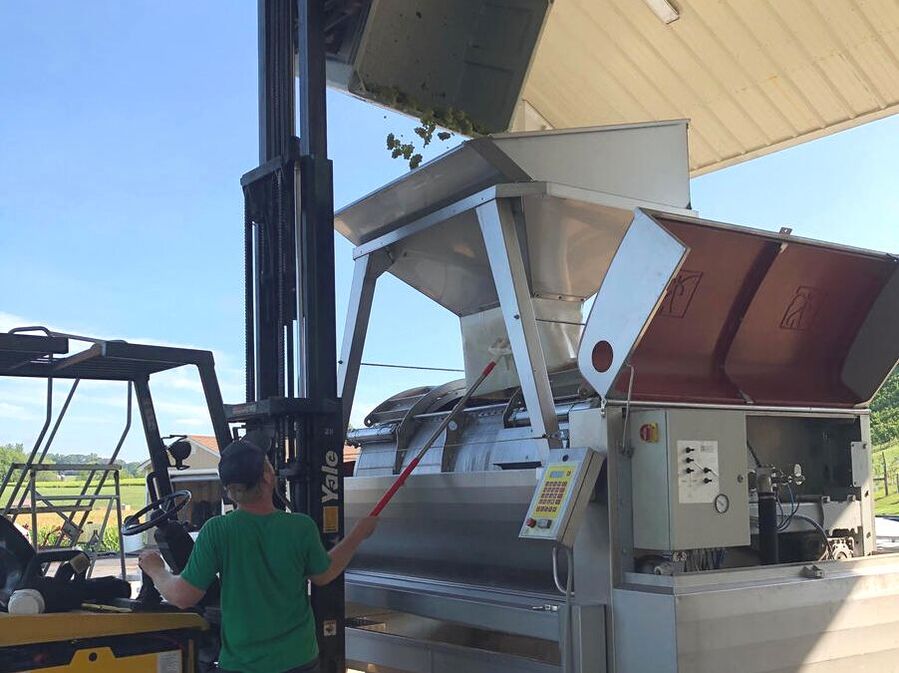
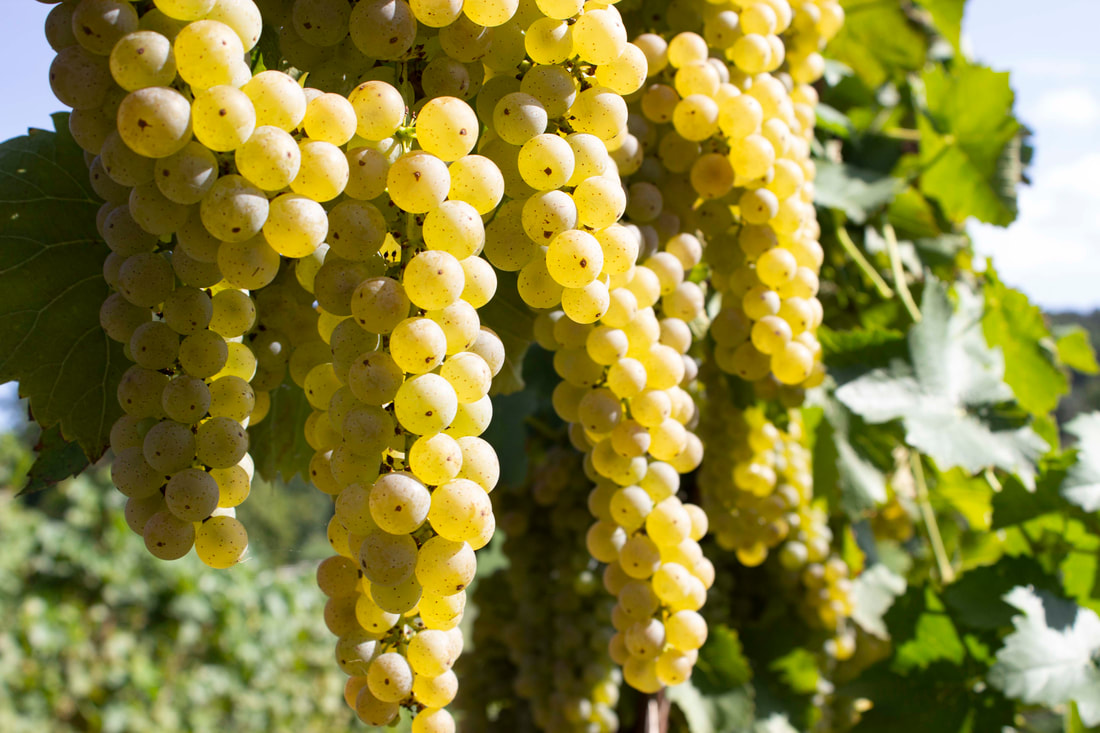
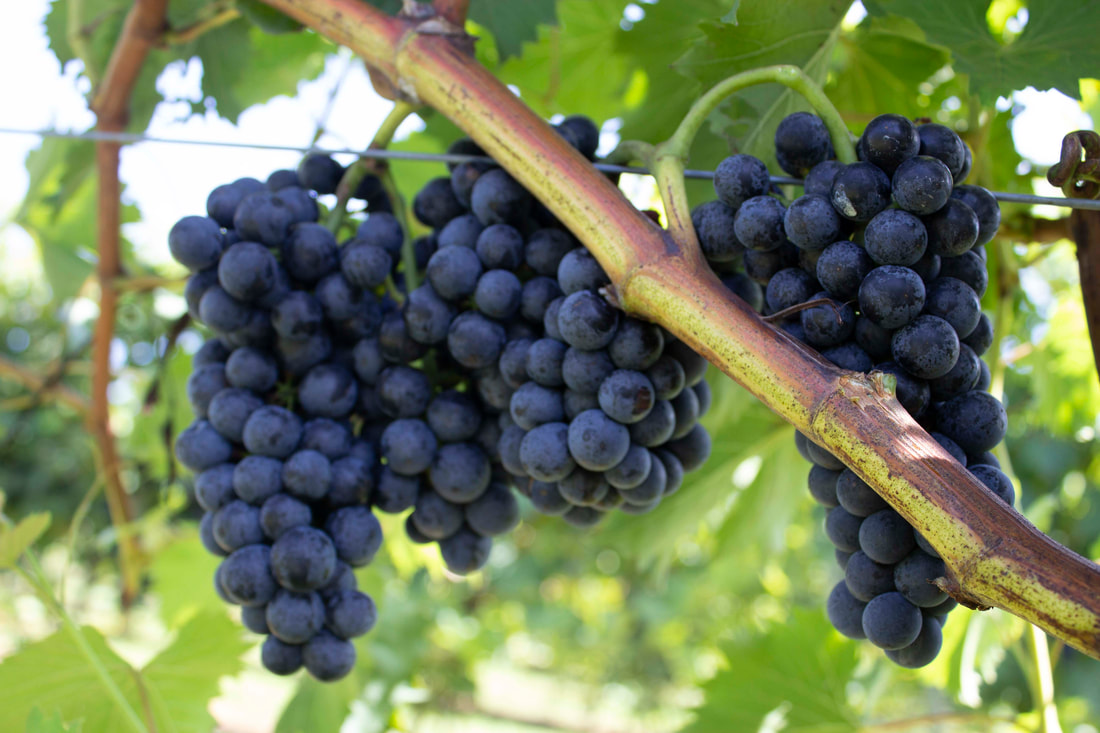
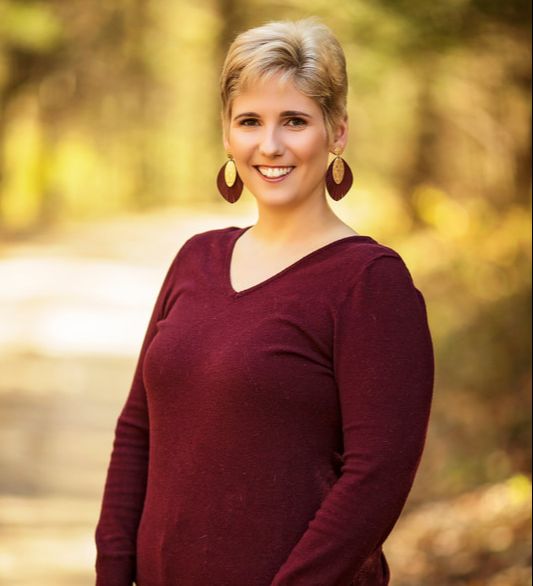
 RSS Feed
RSS Feed
